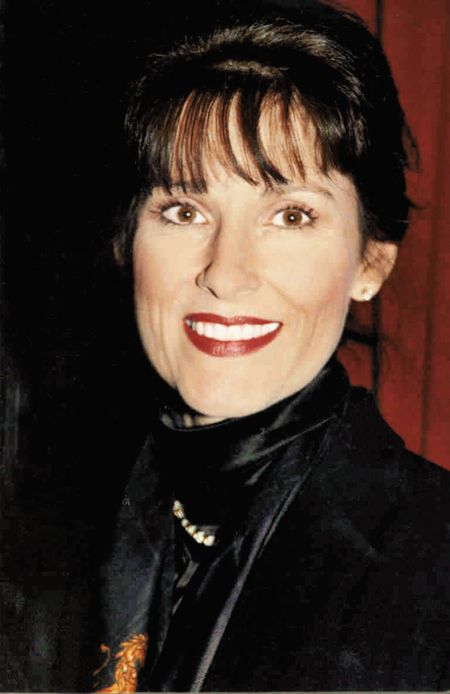- Case-Based Roundtable
- General Dermatology
- Eczema
- Chronic Hand Eczema
- Alopecia
- Aesthetics
- Vitiligo
- COVID-19
- Actinic Keratosis
- Precision Medicine and Biologics
- Rare Disease
- Wound Care
- Rosacea
- Psoriasis
- Psoriatic Arthritis
- Atopic Dermatitis
- Melasma
- NP and PA
- Skin Cancer
- Hidradenitis Suppurativa
- Drug Watch
- Pigmentary Disorders
- Acne
- Pediatric Dermatology
- Practice Management
- Prurigo Nodularis
- Buy-and-Bill
Publication
Article
Dermatology Times
The future of skincare
Author(s):
Adding PRP to a base serum designed to maintain the viability of platelet cells personalizes topical cosmetic products.
Dr. Draelos

Many physicians are already using platelet-rich plasma (PRP) in practice to enhance results from skin rejuvenating and hair replacement procedures. Now new scientific developments suggest that doctor's also could be using enriched platelet cells derived from the patient’s whole blood to make a personalized skincare product, according to dermatologist Zoe Diana Draelos, M.D., who practices in High Point, N.C., and founded Dermatology Consulting Services, a company that works with firms to develop formulations and conduct product testing.
Dr. Draelos says the approach is so cutting edge that her lab is testing a base serum that has been developed to maintain the viability of platelet cells.
The product base serum was introduced to dermatologists and skincare professionals at The Aesthetic Show in Las Vegas in July. Dr. Draelos, whose team oversaw the clinical study, says Aesthetics Biomedical is one company focused on the science of PRP and facial rejuvenation.
RELATED: Be aware that variations in purity, yield and PRP composition
“There’s much research going on involving PRP. The reason it’s so popular is that platelet-rich plasma contains key growth factors which reside in the platelet granules,” she says.
PRP can be harvested from the blood and the enriched platelets returned to the individual through various mechanisms. It can be injected, used topically or now, as directed and provided by a physician, used in combination with the base to be applied topically at home, according to Dr. Draelos.
To prepare the topical PRP, the dermatologist draws 50 mL of blood from a patient in the office, adding an anticoagulant into the blood to avoid clotting. The doctor centrifuges the blood to extract both PRP and platelet poor plasma (PPP). Using the centrifuge that produced the study results is important to ensure a reliable, reproducible yield of platelets in the PRP, Dr. Draelos says.
Dermatologists processing the blood will get about 9 mL of PRP, as well as about 20 mL of PPP from the original 50 mL of blood, she says.
“Many people are putting that platelet-rich plasma into a syringe and injecting it into the scalp when they do hair transplants to increase the viability of the hair transplants,” Dr. Draelos says. “Or in the case of topical PRP, the physician can take that platelet-rich plasma, put it into a uniquely developed cosmetic serum to be used at home by the patient twice per day. The company reports that their topical product includes a preservative system and ingredients that maintain the platelet and its function for upwards of 90 days.”
Topical PRP could be offered by physicians in combination with a variety of aesthetic devices and surgical procedures, where PRP is already being produced for patient use, according to Dr. Draelos.
“This is the new direction in personalized cosmetics, where you use your body products and are making your own theoretically more functional, customized cosmetics,” she says.
Topical PRP requires refrigeration according to Dr. Draelos, and mini-refrigerators are provided for the patients to store their topical PRP product in at home. The base serum alone does not require refrigeration.
There’s abundant ongoing research to validate early findings and fine-tune the use of PRP in moisturizers and other skincare products, she says.
“There’s still much work that needs to be done,” Dr. Draelos says. “But this is the future of skincare products. Platelet-rich plasma is a very easy way to harvest cells because you can do it by drawing blood, and the physician uses the PRP without any manipulation. You don’t have to cut up tissue. You can centrifuge and obtain these enriched platelets in 15 to 30 minutes.”
The vehicle used is important because there are many things that are present in traditional moisturizers that could kill viable cells, including certain preservatives, Dr. Draelos says.
Dermatologists could be at the forefront in the delivery of these customized skincare products because they would prepare these products at the point-of-care. And preparation requires a trained professional to draw and prepare the PRP, according to Dr. Draelos.






